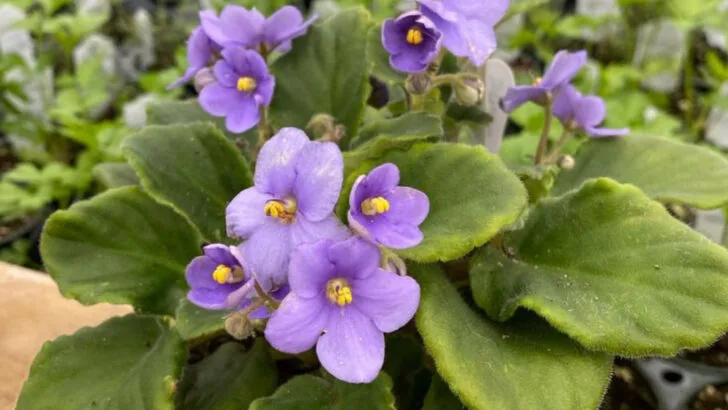Edible flowers aren’t just pretty—they can be delicious, too. Some taste shockingly like candy, with notes of honey, vanilla, or citrus, turning your salad or dessert into something magical. But here’s the real surprise: many of those same blooms also come with healing powers for your skin, making them perfect for DIY beauty and natural skincare.
From flowers that soothe irritation to those that boost glow and fight inflammation, these blooms go way beyond garnish. Whether you steep them into herbal tonics, infuse them in facial oils, or toss them straight into your bath, they’ve been used for centuries to care for both body and beauty. Some even rival expensive serums—without the chemicals or price tag.
So if you’re looking to plant a garden that’s part candy shop and part apothecary, this is your guide. These 16 multitasking flowers don’t just look and smell incredible—they’re edible, healing, and totally worth making space for this summer.
Lavender

Lavender’s soothing scent often conjures memories of peaceful summer nights. But beyond its aromatic allure, lavender boasts a subtly sweet flavor reminiscent of candy. This delightful taste makes it a fantastic addition to desserts, teas, and even cocktails. Its vibrant purple blooms grace gardens and culinary dishes alike, proving its versatility. Additionally, lavender is celebrated for its skin-healing properties. It’s often used in creams and oils to soothe irritated skin and promote relaxation. This dual-purpose flower is a staple in both the kitchen and the bathroom, serving as nature’s gentle helper.
Chamomile
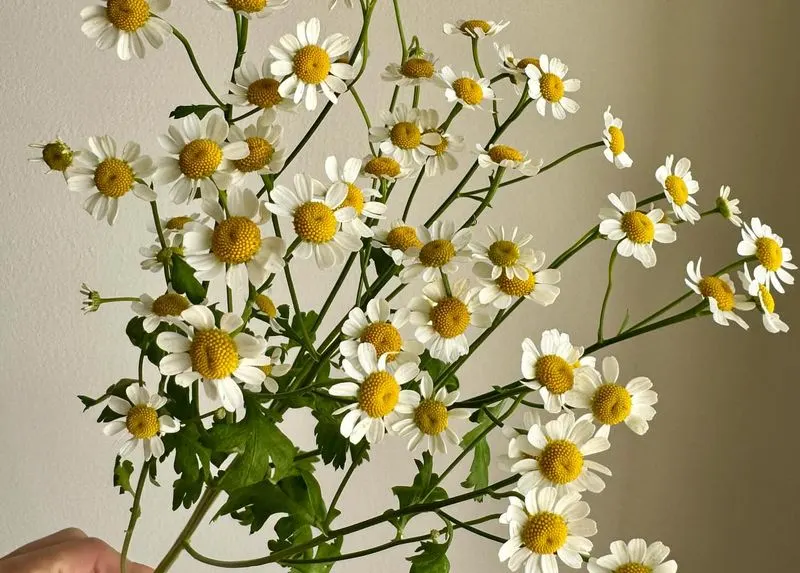
Chamomile may remind you of cozy evenings with a warm cup in hand. Known for its calming effects, its taste is surprisingly sweet, akin to honey. Chamomile flowers are perfect for infusions that offer both flavor and relaxation. Beyond its taste, chamomile is a hero in skincare. It’s renowned for reducing redness and calming the skin, making it a favorite ingredient in skincare products. Whether in a tea or soothing balm, chamomile’s gentle touch is a welcome presence in any home.
Hibiscus
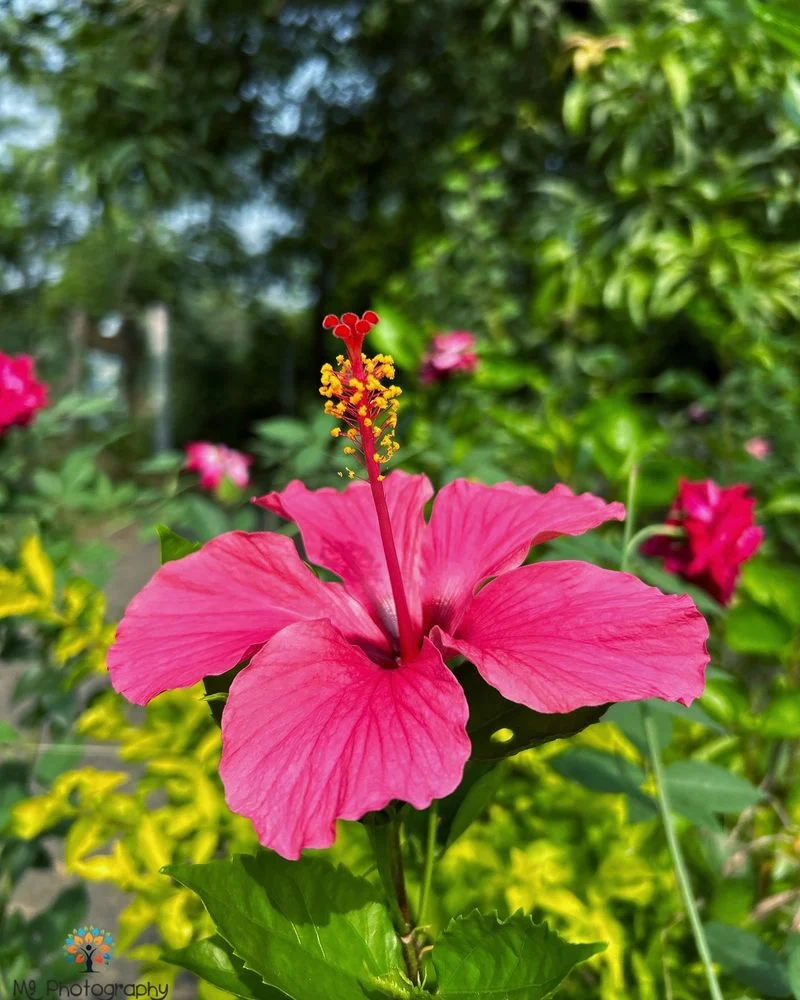
Hibiscus boasts a tangy taste that can remind one of sour candies, making it popular for teas and culinary dishes. Its bold red petals not only make a statement in gardens but also offer a refreshing zest. Hibiscus is also lauded for its skin-enhancing properties. Rich in antioxidants, it helps fight signs of aging and rejuvenates the skin. This tropical beauty is a testament to the wonders of nature, offering both taste and skincare benefits in one stunning package.
Rose
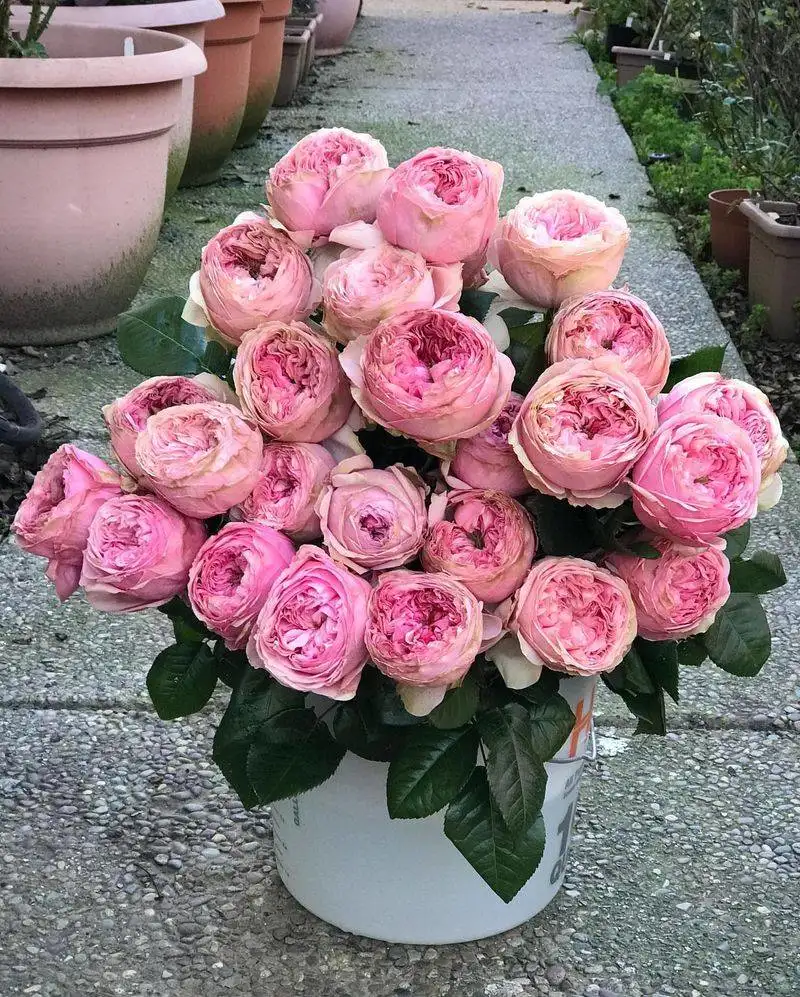
Roses have long symbolized love and beauty, and their petals offer a sweet, almost fruity flavor. Used in jams, syrups, and desserts, rose petals are a culinary delight. Beyond their taste, roses are a beloved ingredient in skincare. Known for hydrating and soothing properties, they help maintain youthful skin. Whether scattered in a bath or part of a facial oil, roses continue to charm with their multifaceted benefits. This timeless flower doesn’t just look good—it feels and tastes good too.
Calendula
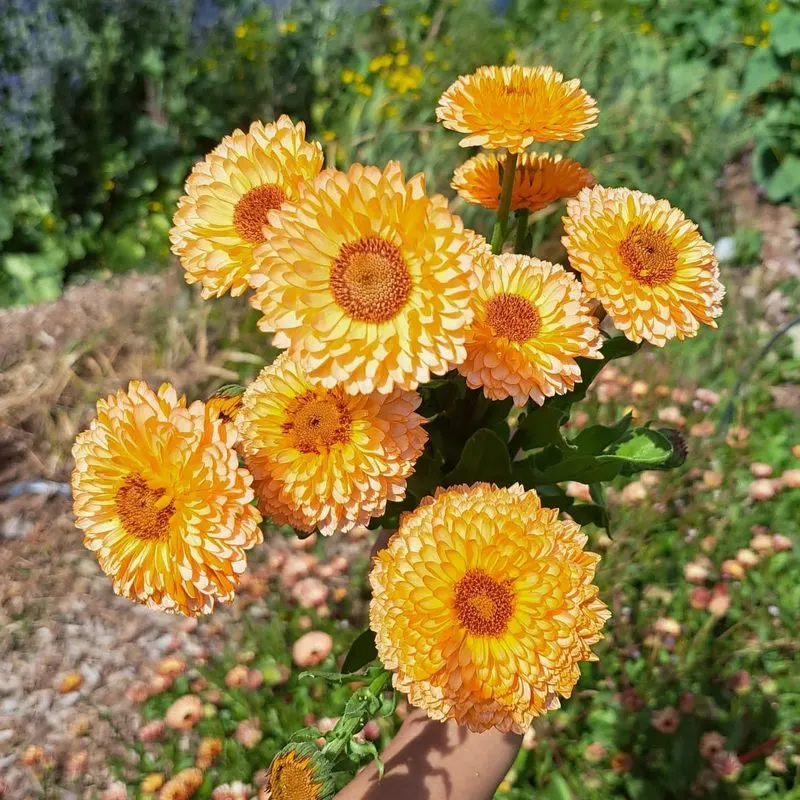
Calendula, with its sunny disposition, offers a slightly peppery taste akin to saffron. This flower adds color and flavor to salads and rice dishes. Calendula is also famed for its skin-healing prowess. Its anti-inflammatory properties make it a favorite in salves and creams, especially for sensitive skin. The cheerful blossoms not only brighten up a garden but also bring a sense of cheer to any skincare routine. Calendula embodies the perfect blend of culinary and healing magic.
Violet
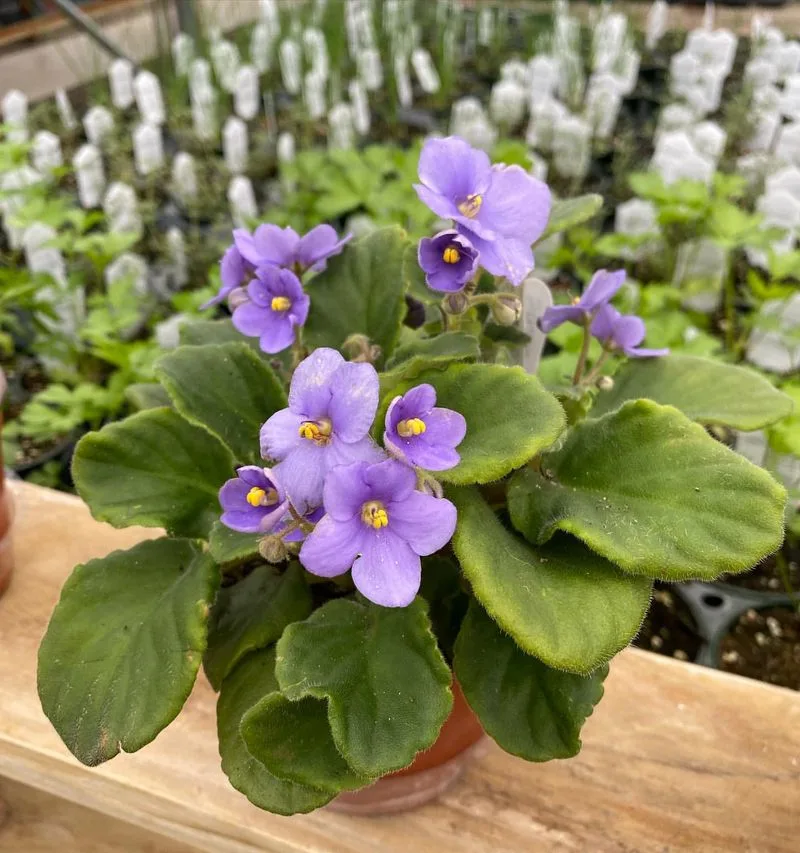
Violets are more than just a pretty face in the plant world. These small blooms offer a sweet, candy-like flavor that’s perfect for syrups and candies. Violets’ vibrant color and taste make them a favorite for decorating confections. Beyond their taste, violets are gentle on the skin and often used in soothing balms. Their multifaceted nature makes them a charming addition to both kitchen and skincare collections. Violets are a reminder of nature’s gentle beauty, packaged in tiny, vibrant petals.
Dandelion
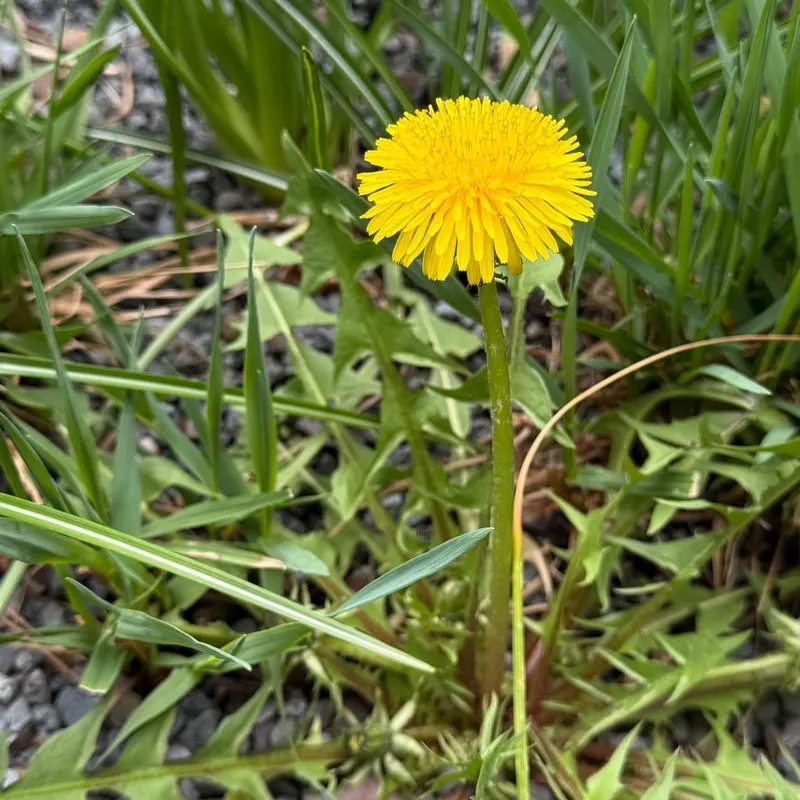
Dandelions, often seen as mere weeds, hide a sweet secret. Their bright yellow petals have a honey-like flavor, making them a delightful surprise in salads and wines. Besides their taste, dandelions are skin’s allies. Rich in antioxidants, they help detoxify and rejuvenate the skin. This unassuming flower, often overlooked, proves that beauty is more than skin deep. Dandelions celebrate resilience, offering both taste and skin benefits despite their humble reputation.
Marigold
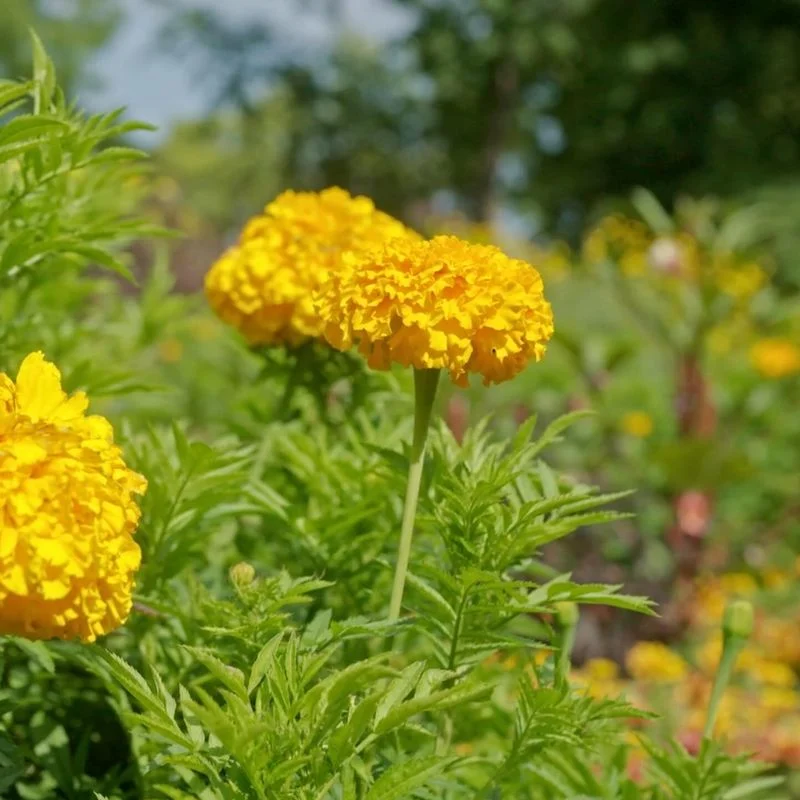
Marigolds, with their fiery colors, add a citrusy tang to dishes. Their petals bring life to salads and rice, offering both color and flavor. Marigolds are also known for their skin-friendly attributes. They are often used in ointments and oils for their anti-inflammatory properties. This bright flower is a garden staple, celebrated for its versatility and benefits. With marigolds, you get a burst of flavor and a touch of skincare magic.
Nasturtium
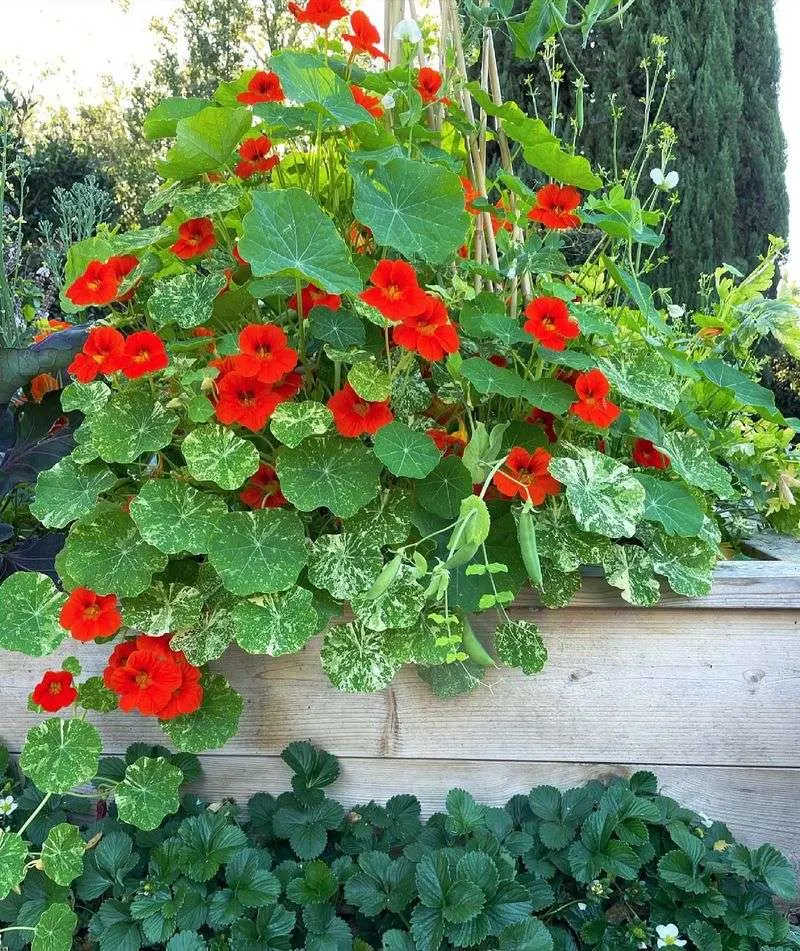
Nasturtiums bring a peppery punch, akin to watercress, that enlivens salads and garnishes. Their bright blooms are not only edible but also visually striking. In the realm of skincare, nasturtiums are known for boosting skin’s defenses. They are often included in serums and masks to enhance skin health. This flower is a powerhouse, combining culinary zest with protective skincare qualities. Nasturtiums remind us that boldness and beauty often go hand in hand.
Elderflower
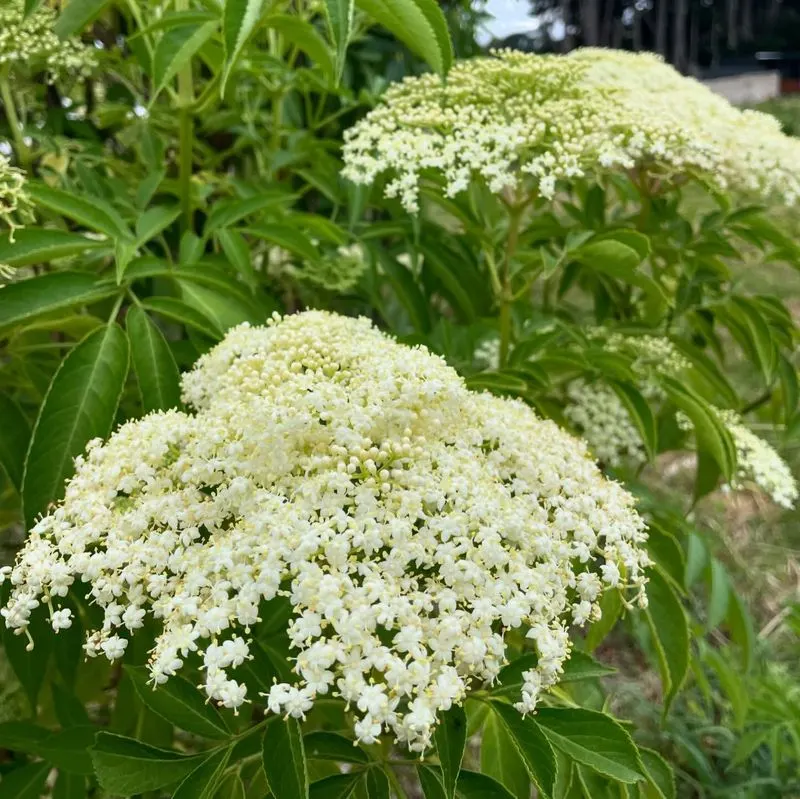
Elderflowers exude a light, floral sweetness that transforms syrups and desserts. Their elegant, tiny blooms are cherished for both taste and beauty. Beyond their culinary use, elderflowers are praised for their skin-soothing abilities. Often found in toners and creams, they help alleviate redness and irritation. This graceful flower embodies elegance and efficacy, offering a gentle touch in every aspect. Elderflowers are nature’s whisper of sweetness and care.
Jasmine
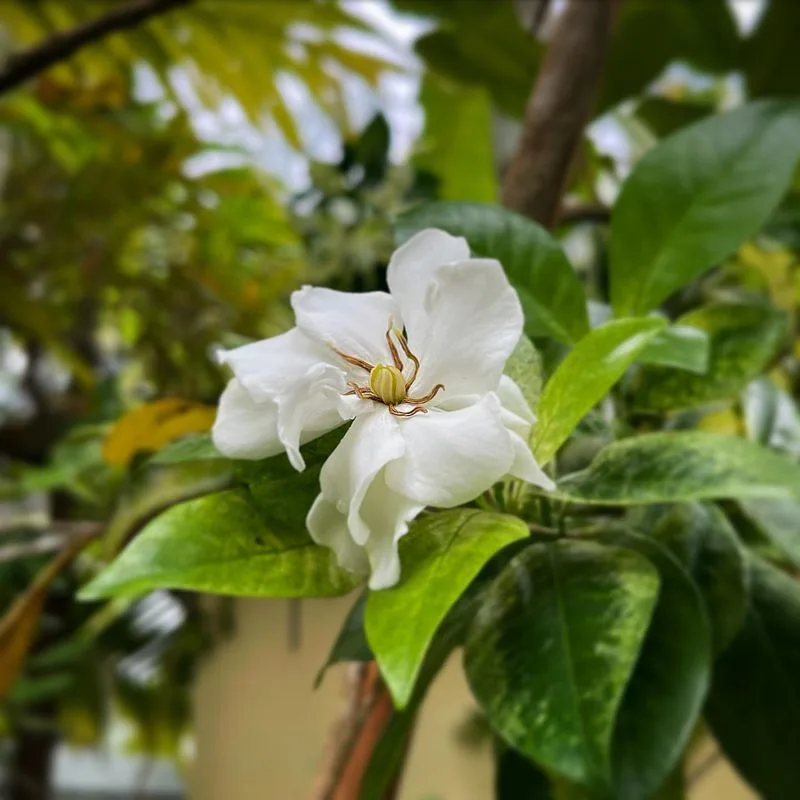
Jasmine’s alluring scent is matched by its subtly sweet flavor, perfect for teas and desserts. This flower’s aromatic qualities are as cherished as its taste, making it a favorite in perfumery too. Jasmine is also revered for its skin benefits, often used in oils and creams to boost skin elasticity and glow. Its dual nature as a scent and skin enhancer ensures jasmine’s place in homes worldwide. This flower is a testament to timeless beauty and utility.
Sunflower
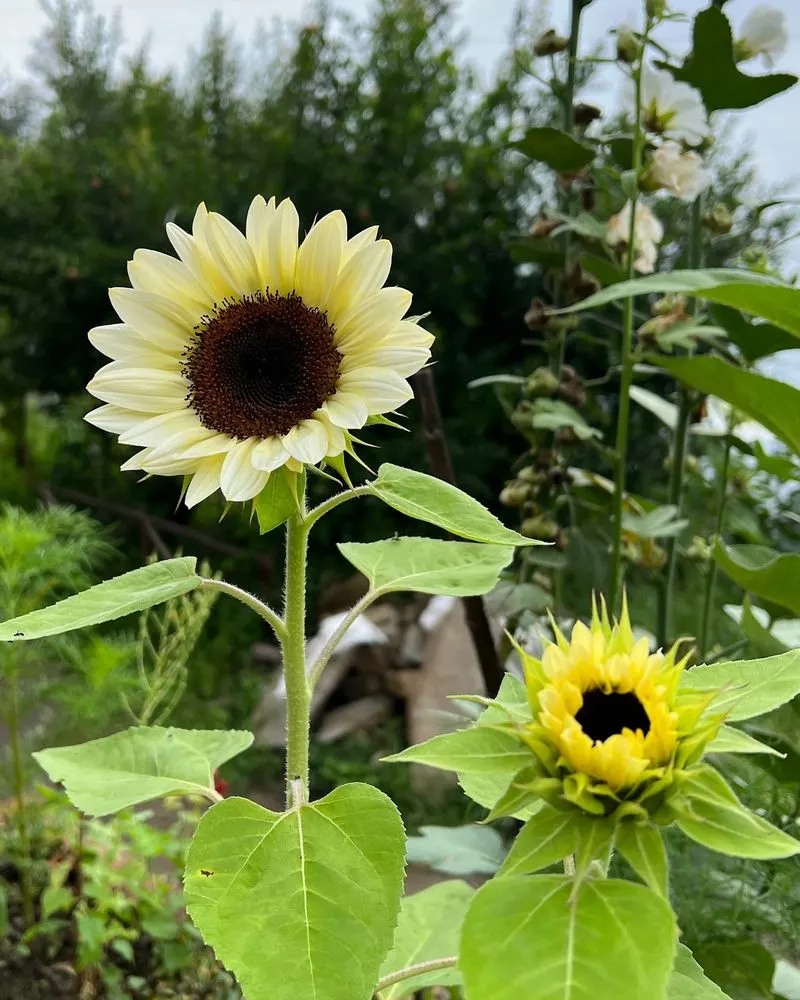
Sunflowers, often associated with sunny days, offer more than just seeds. Their petals can be used for a mild, nutty flavor in salads. Sunflowers are also skin’s friends, with oil extracts commonly used for moisturizing and healing. This towering flower embodies warmth and resilience, providing culinary surprises and skincare benefits. Sunflowers are a testament to nature’s generosity, standing tall and offering their gifts freely.
Borage
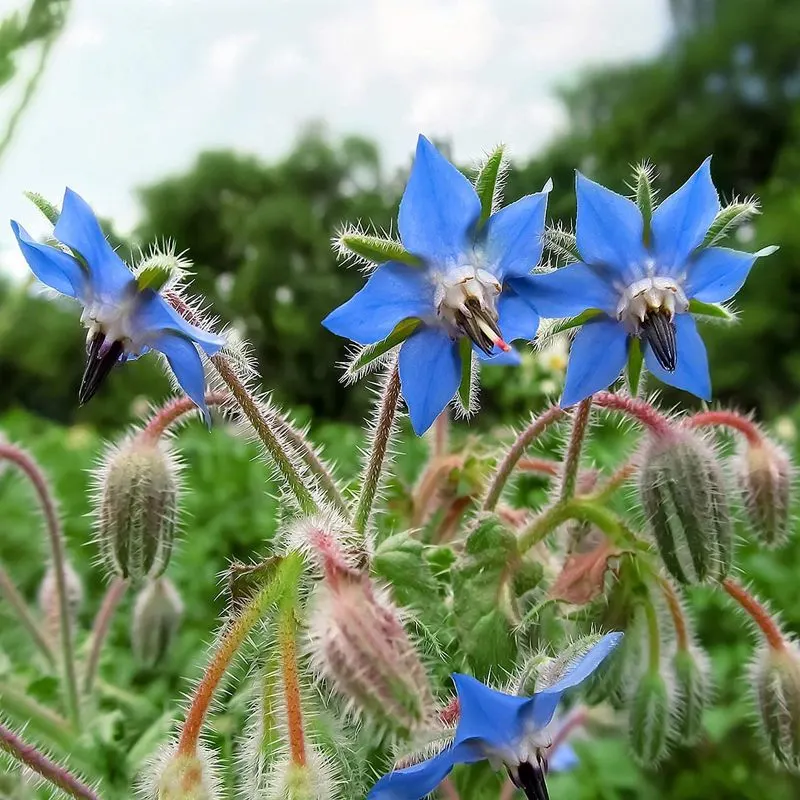
Borage, known for its cucumber-like taste, is a refreshing addition to salads and beverages. Its star-shaped flowers are a visual delight, capturing the essence of summer. Borage also finds its way into skincare, celebrated for its hydrating properties. The flower’s oil is often used in creams to lock in moisture and soothe dry skin. Borage stands out for its unique taste and ability to care for the skin, making it a cherished garden guest.
Cornflower
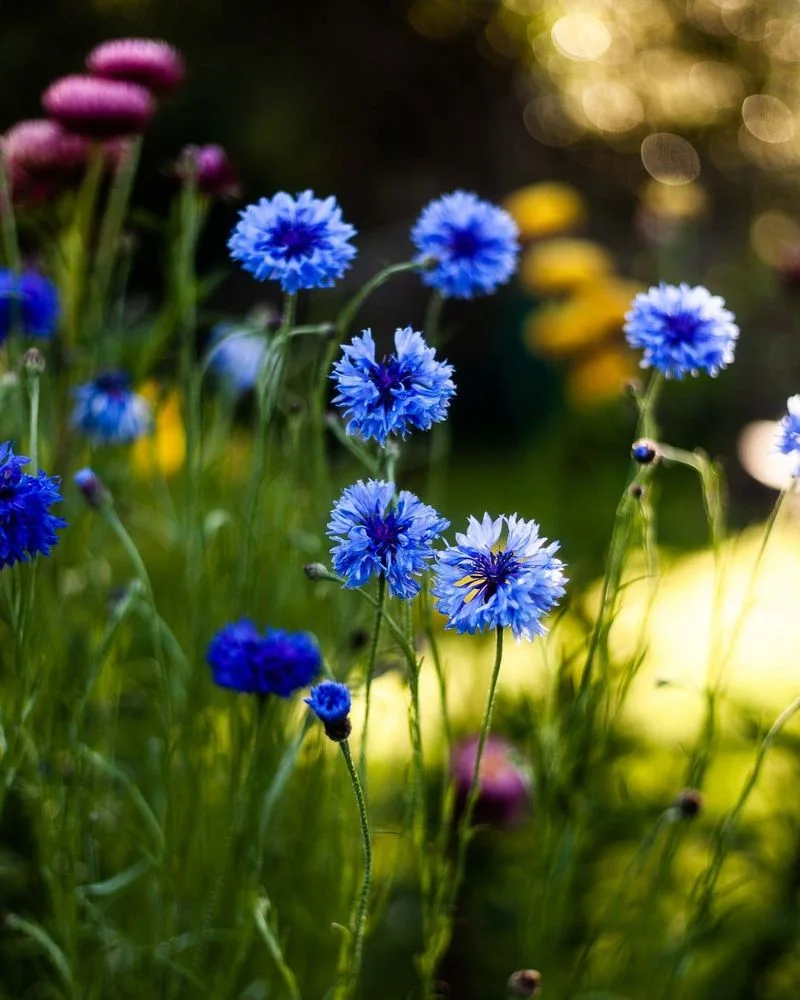
Cornflowers, with their striking blue hue, offer a mild, clove-like flavor that complements salads and teas. These flowers are not just a feast for the eyes; they also have soothing properties for irritated skin. Often used in lotions and toners, cornflowers help calm and refresh. This unassuming flower combines visual charm with practical benefits, making it a valuable addition to gardens and skincare routines alike.
Lemon Verbena
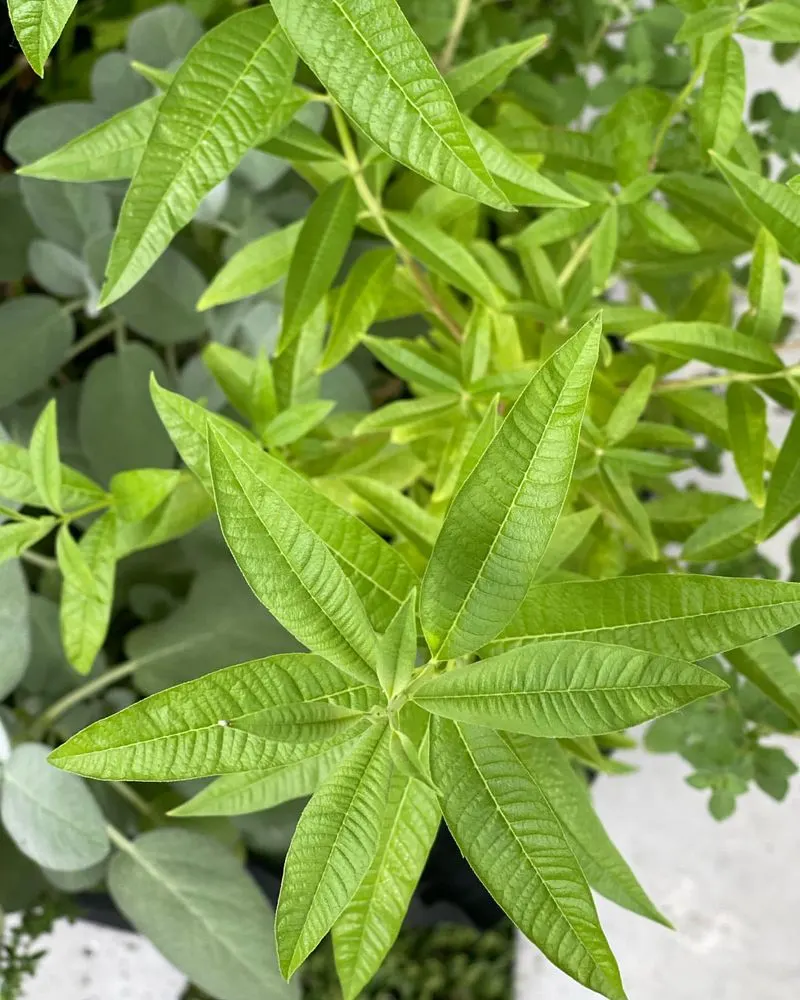
Lemon verbena releases a citrusy aroma that invigorates the senses. Its leaves, rather than its flowers, provide a burst of lemony flavor to teas and desserts. In skincare, lemon verbena is cherished for its refreshing and toning properties, often found in spritzes and lotions. This plant is a bright spark in both culinary and beauty realms, offering zest and rejuvenation.
Clover
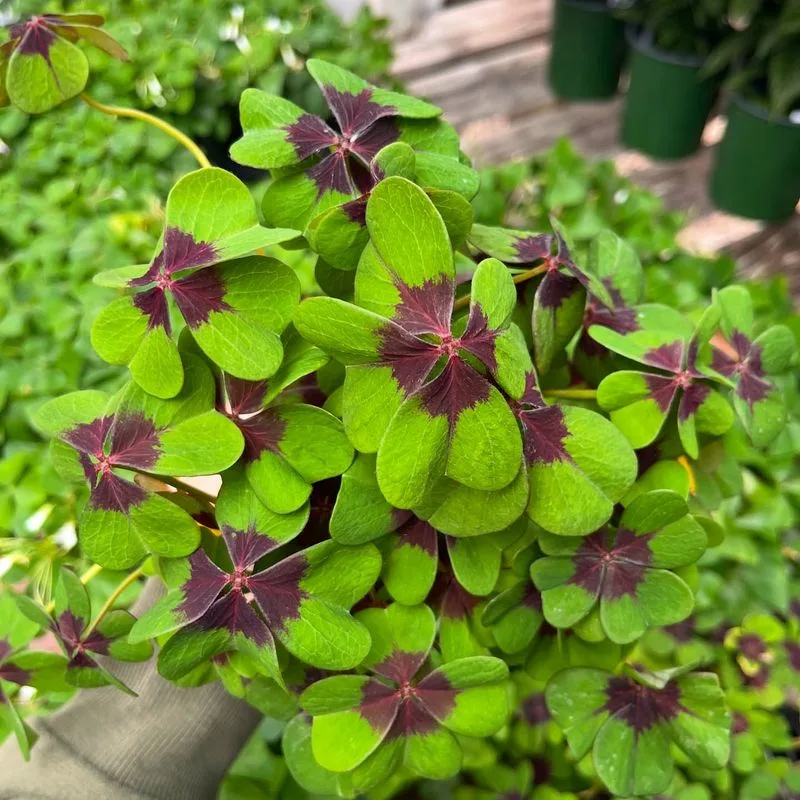
Clover flowers, often overlooked, bring a subtle sweetness to the table, reminiscent of licorice. They find their way into syrups and herbal teas, adding a delicate touch. Clover is also valued in skincare for its soothing properties, helping to calm and rejuvenate. This humble flower proves that simplicity can be powerful, finding a place in both culinary and skincare traditions.

